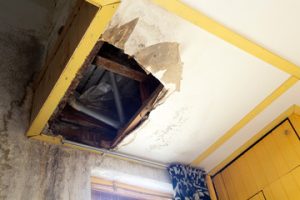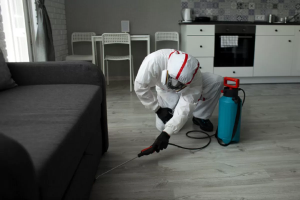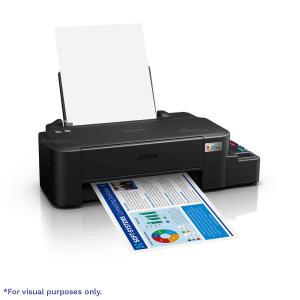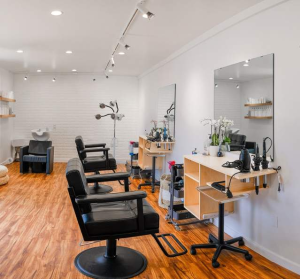Pianos are delicate and must be handled with special care during the moving process. A reliable Denver Piano Movers company should understand what this entails and will be honest about the inherent risks involved.
When searching for a piano moving service, look for accreditations and customer testimonials to ensure quality. Read on to discover the top reasons to hire professionals for your next move:

Safety
Moving a piano requires more than brute strength; it requires a detailed knowledge of the instrument’s internal structure and how to protect its delicate components during relocation. Even a small misstep can result in costly damage and render the piano unplayable.
Professional local movers know how to protect your piano during transportation. They use secure wrapping and padded materials to cushion the instrument against potential impacts. Their specialized vehicles minimize jostling, further reducing the risk of damage. They also follow strict guidelines to prevent scratches and dents on the piano and your home’s walls and floors.
Before the movers arrive, prepare for your move by taking precise measurements of doorways, staircases, and hallways at both the old and new locations. This will help them determine whether the piano can fit through tight spots, avoid potential obstacles, and plan accordingly. Also, be sure to dress appropriately for the job by wearing comfortable clothes and avoiding long necklaces or bracelets that might get caught in tiny areas during the process. Finally, remove any rugs or furniture to make way for the piano and its team of movers.
Peace of Mind
As a beautiful instrument that produces harmonies to warm the heart, pianos require care and precision during transportation. Trying to move a piano on your own or hiring inexperienced movers can result in damage to the instrument and your home, leaving you with an expensive repair bill or even structural damage to your property. Professional piano movers are equipped to handle any challenges that may arise during the move, so you can rest assured your precious instrument will be safe.
Piano movers use specialized tools designed specifically for moving large, heavy instruments. This equipment includes dollies, skid boards, ramps, and lifting systems that allow the movers to maneuver the piano safely without causing damage to walls, doors, or stairs. They also understand that these instruments are sensitive to changes in temperature and humidity, which can affect their sound. As a result, they are familiar with local regulations that apply to the transportation of these delicate items. This knowledge helps them avoid costly fines and ensures a smooth, hassle-free relocation. This peace of mind will give you the freedom to enjoy your new home knowing your piano is in good hands.
Save Time
It’s tempting to try to cut corners when moving. After all, there are many things to worry about during a move, including finding a new place to live, starting a job in a different area, and coordinating with other service providers. Unfortunately, this is one area where cutting corners can cost you more in the long run.
Moving a piano is a big task and requires special care. It’s not something that can be trusted to untrained friends or family members. This can result in injuries to the people helping and damage to the piano. Rather than risk it, hire professional movers who have the experience to safely and efficiently handle this difficult task.
Additionally, professional movers are aware of any local laws or regulations regarding the transport of large and valuable items. This ensures a stress-free move that complies with all legal requirements. This saves you time and energy from having to coordinate these issues. Moreover, it saves you the hassle of dealing with costly repair bills that can be associated with a move gone wrong.
Save Money
Moving a piano requires the right equipment and skill. Hiring professional movers can save you money by speeding up your move and avoiding costly repairs or injuries.
Pianos are a large instrument and can be difficult to maneuver through doorways, hallways, and up stairs. If you attempt to move a piano on your own, you could damage it or injure yourself. Professionals have the tools needed to transport a piano safely, including padded dollies and sturdy straps designed for delicate items.
In addition, piano movers have experience in navigating tricky spaces and stairways. They know how to minimize the risk of damage by surveying your route and planning. They may even suggest removing doors from hinges or moving furniture to create a clear path for the piano. A local moving labor service provider can also help you plan your logistics and assemble a team of strong, trustworthy volunteers to support your move. By working in unison, experienced teams can leverage strength and strategy for a safe and successful relocation. They can even provide the supplies you need, such as bungee cords to secure moving blankets around your piano.
Avoid Damage
Whether it’s a small move or a major relocation, pianos require expert handling to prevent damage. Attempting to move one yourself without the proper knowledge or equipment puts you at risk of serious injury to your body and that of anyone else helping, as well as irreversible damage to your piano.
Professional movers use a variety of tools and techniques to safeguard your piano. They’ll carefully wrap the instrument in padded blankets to protect it from scratches and dents, then secure them with straps that evenly distribute weight throughout the process. They’ll also strategically plan the transportation route to minimize jolts and vibrations that could harm its delicate components.
Lastly, they’ll have specialized dollies and ramps that allow them to easily negotiate stairs or curbs, further minimizing the risk of damage. These precautions are worth the peace of mind that comes with knowing your precious investment is in good hands throughout the entire process. Plus, most movers offer insurance coverage to address any damages that may occur during transit. This can save you a lot of money in repair or replacement costs.








